- characters
- Source
- undo
- redo
- bold
- italic
- underline
- strikethrough
- superscript
- subscript
- forecolor
- BackColor
- removeformat
- insertorderedlist
- insertunorderedlist
- selectall
- cleardoc
- Paragraph
- FontFamily
- fontsize
- justifyleft
- justifycenter
- justifyright
- link
- unlink
- image
- video
- Horizontal
- URL
- OK
- Cancel
- imgSearch
- dragTip
- Local
- Insert video link
- video_size
- videoW
- videoH
- alignment
- themeColor
- standardColor
- honor.post.edit.uploadFormateFail
- emotion
- hide
- Supported format : zip,rar,doc,docx,xls,xlsx,pdf,apk,hwt
- The attachments are not uploaded completely, continue to publish the post?
- Block
- Cancel block
TOP

我的荣耀 开启荣耀之旅
To log in to your account, you must first agree to the HONOR PLATFORM TERMS OF USE. If you do not agree, you may only browse the site as a guest.
- Home
- Log out
- Disagree
- Follow
- Following
- Reply to reveal attachment
- View more
- Letter should not exceed 2500.
- Upload at least one image.
- Upload at least one image.
- Maximum 9 iamges allowed at a time
- size of the image should be less than 20MB
- upload Failed
- Medals
- My Medals
- Go to Medal Center
- Congratulations! You have earned the Newcomer medal!
- You have commented over 100 times in 10 minutes,please try later.
- Gallery
- Message
- Login
- Disagree Terms
- Shop
- Insert video link
- Create/Log in to HONOR Account
- Choose your login method
- Honor Device Co., Ltd.
- Click to go to the HONOR third-party login page
- Maximum number of posts on HONOR Club reached today. Try posting tomorrow.
- View More
- Home
- You have voted.
- User has not voted.
- The message was sent but rejected

[HONOR 9X Pro] A Hands on Review
 Last reply :
Last reply :
Hi HONOR Community,
As you know, the Honor 9X came out at the end of 2019 as the company’s budget offering to tide us over until the Honor View 30 global launch. We weren’t expecting any more from the 9X series, but then the Honor 9X Pro was surprisingly announced at Honor’s MWC 2020 replacement event.
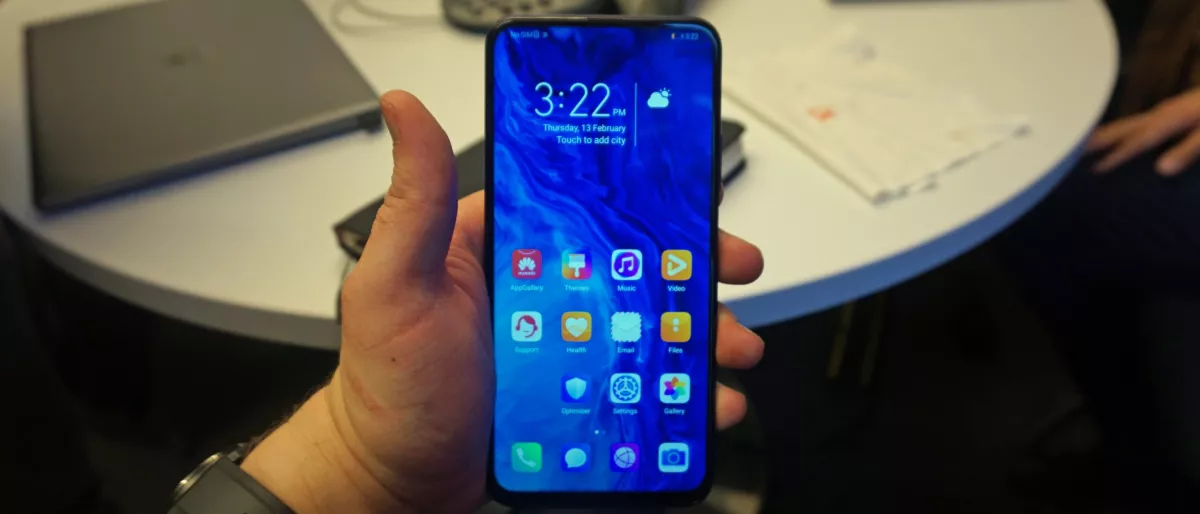
The Honor 9X Pro is a small spec bump up in a few ways from its non-Pro sibling, bringing in a few design aspects of the version of the 9X that was released in China (which was slightly different to the global version) as well as making some other small improvements.
But there’s something that’s really intriguing about the Honor 9X Pro – it’s the first Honor smartphone without Google apps, and it instead uses Huawei Mobile Services for the first time in an Honor phone (Huawei is Honor’s parent company). This is Honor’s first step in getting over the Huawei ban enacted almost a year ago, and it's one of our first chances to see how good Huawei’s alternative to the Google Play Store is.
Design and display
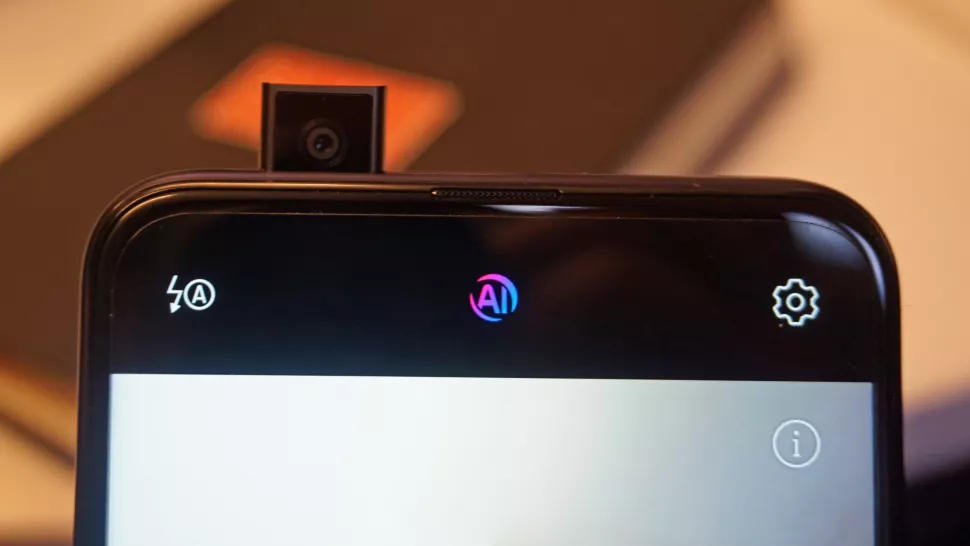
(Image credit: Future)
The Honor 9X Pro looks startlingly like the Honor 9X from 2019, which means it has an all-screen front, with the front-facing camera housed in a small square pop-up module instead. One difference between the phones though is that while the older device had a plastic back, the Honor 9X Pro is glass on the rear as well as the front.
The screen is a 6.6-inch FHD+ LCD panel, just like the Honor 9X, and while we thought that screen was good (as LCDs go, at least), even at this price tag you could probably find a good phone with an OLED screen instead.
On the back of the phone there’s a three-lens camera bump in the top left, but this bump doesn’t stick out much, so it’s not nearly as intrusive as similar features are on some other smartphones. There isn’t a nearby rear-mounted fingerprint sensor, as there was on the original Honor 9X phone; instead there’s a side-mounted scanner like on Chinese models of the original.
This scanner works similarly to on the Honor 20 phones, where a button on the side of the phone also doubles as the fingerprint scanner, and it’s in such a place that it’s easy to press when you pick up your phone normally. We found this setup perfect on the previous Honor phone, as it made accessing your phone incredibly quick and easy, and we’re glad to see it back here.
The pop-up camera is a little slow compared to similar pieces of tech on other phones, but if it’s anything like the Honor 9X version, it’s durable and can auto-recede if it senses you’ve dropped the phone.
Fans of wired headphones can rejoice here, as the Honor 9X Pro has a 3.5mm headphone jack, which is becoming less common for smartphones (although devices at this price point haven’t shown the change as much as premium handsets).
Camera and battery life

(Image credit: Future)
The base Honor 9X had a 48MP main camera joined by an 8MP ultra-wide camera and 2MP depth sensor, and it seems the 9X Pro has exactly the same hardware, even down to the front-facing 16MP selfie camera.
Just because the hardware is the same, doesn’t mean pictures taken will be identical, because there could be some software and processing tweaks. However, we’d be surprised if the resulting photos were hugely different.
We found the Honor 9X camera reasonable for the price tag, but there was quite a bit of inconsistency in colors between lenses, and we’ve yet to find a depth sensing camera that provides a significant benefit. Based on the specs and its predecessor, the 9X Pro likely has decent photography chops overall, but there might be better smartphone cameras at the price tag too.
The Honor 9X Pro’s battery is 4,000mAh, same as the non-Pro phone, and we were impressed by how reliable and long-lasting that battery life was, so it’s probably the same here. Fast charging was absent from that phone though, as it probably is here too, so don’t expect to top up that power pack quickly.
Performance and specs
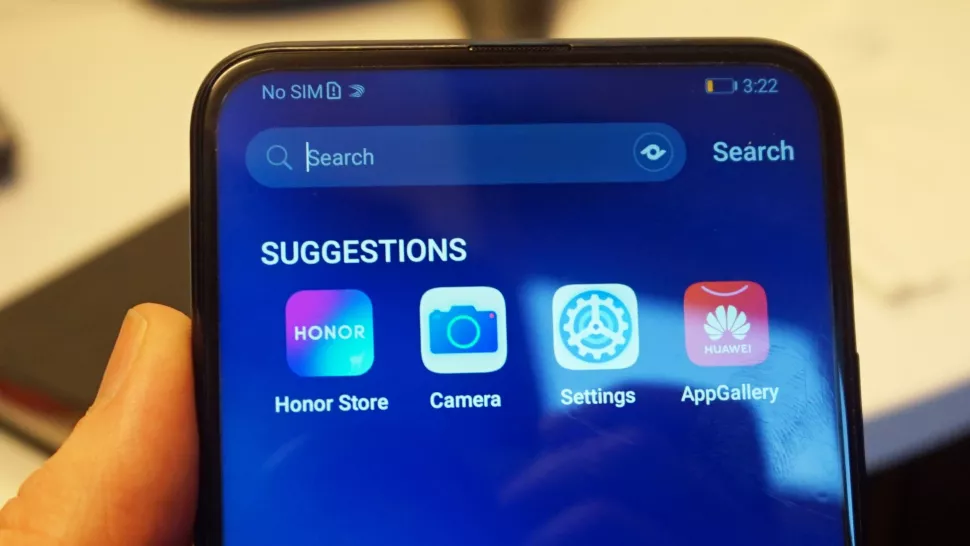
(Image credit: Future)
The real intriguing aspect of the Honor 9X Pro is that it’s set to launch in most regions without Google Mobile Services (GMS), including Google Maps, Gmail and, most importantly, the Google Play Store, so you won’t be able to download some of your favorite Android apps.
Instead, this is Honor’s first attempt to utilize the fledgling Huawei Mobile Services (HMS), the company’s replacement. According to Honor there are quite a few popular apps available on HMS, but it wouldn’t say which or how many, so it remains to be seen if HMS is a worthy alternative to GMS.
Whether or not HMS can replace GMS is likely a story that will run on a long time though – there are very few HMS phones out at the moment, which will likely put off some developers from porting their apps, but when HMS is a more proven beast we could see more developers jump on the train.
The chipset in the Honor 9X Pro is the Kirin 810, a step up from the Kirin 710F that we saw in the non-Pro phone, but also a processor we haven’t really seen in Huawei and Honor phones that made their way west. We’ll need to run our tests on this chipset to see just how good it is, but we’d expect high mid-range scores.
In terms of the operating system, you’re getting Android 10 with Huawei’s EMUI 10 overlaid, which is mostly an aesthetic change but has myriad small accessibility and navigation differences from stock Android too.
Resource: https://www.techradar.com/sg/reviews/honor-9x-pro
What do you think of HONOR's first HMS smartphone?
- Details
- Pictures shared by others ({0})
- Featured posts / Un-Featured posts
- Pin in this section
- Un-pin in this section
- Pin all sections
- Un-pin all sections
- Favorite
- Unfavorite
- Favorited Successfully
- Unfavorited Successfully
- Quote
- Reply
- Top
- Un-top
- Delete
- Report
- Why are you reporting this?
- 1.Sexual content / Violence / Insults
- 2.Racial discrimination / Terrorism
- 3.Infringement / Privacy
- 4.Unauthorized transaction or advertisement
- 5.Others
- picture evidence
- Cancel
- Submit
- Choose an option
- Accepted
- View more
- Voting time:
- reply to
- The following content will be displayed after you reply
- A total of {0} people voted
- View more
- Energy
- You don't have permission
- honor.operation.report.self.tip
- You have reported this post
- empty
- You can only choose {0} options
- The comment has been deleted.
- Report successful
- Yes
- No
- The vote is not open yet
- Voting ended!
- Please vote..
- Confirm to jump to the link?
- Home
- Confirm to delete
- The link Copied
Modify Name
- Follow
- The nickname already exists!
- New nickname should be different from the old one.
- username contains special character
- Enter 1-20 characters
- The name cannot start with 'honor' or 'honorfans'
- The name cannot contain stop words
 Hot Posts
Hot Posts
 7464
7464
 150
150
 158400
158400
 29
29
 83007
83007
 142
142
 51761
51761
 602
602
Subscribe To Our Newsletter - Discover HONOR
Please accept HONOR Platform Privacy Statement.
By entering your WhatsApp number, you agree to receive commercial information on WhatsApp about HONOR products, events, promotions and services. For more details, please see our privacy policy.
Please accept HONOR Platform Privacy Statement.
I agree to receive the latest offers and information on HONOR products, events and services through third-party platforms (Facebook, Google). I may withdraw my consent at any time as indicated in the Privacy Statement.
Contact

Mon-Sat: 09:00 – 18:00. (Except on national holidays).
Third Floor, 136 George St., London, W1H 5LD, United Kingdom.
Copyright © HONOR 2017-2025. All rights reserved.
- Posts
- photo
- video

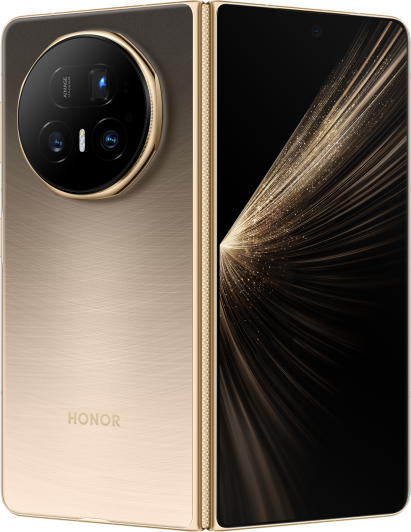






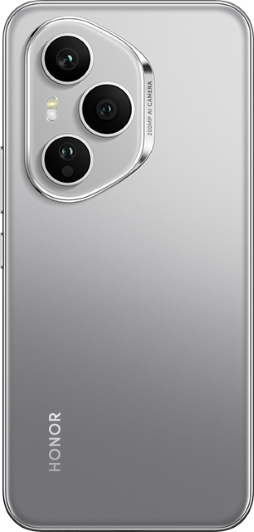

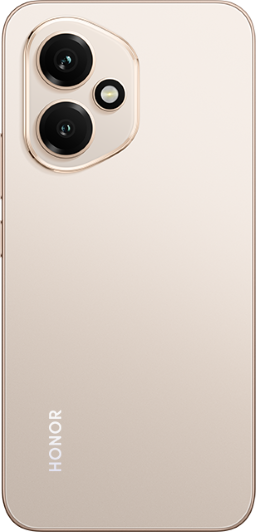



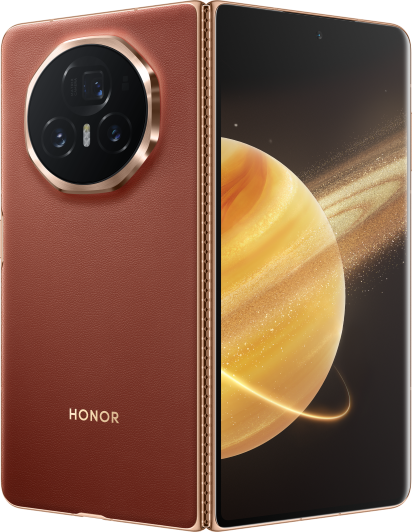


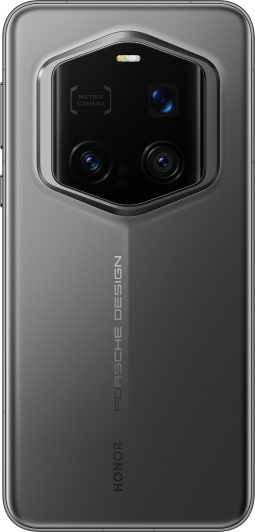



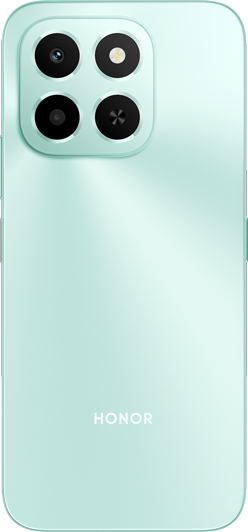











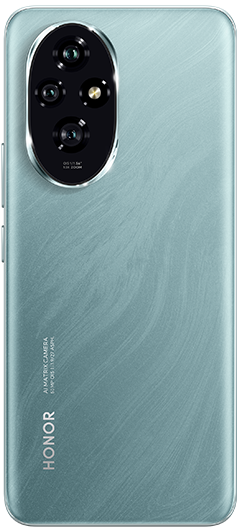
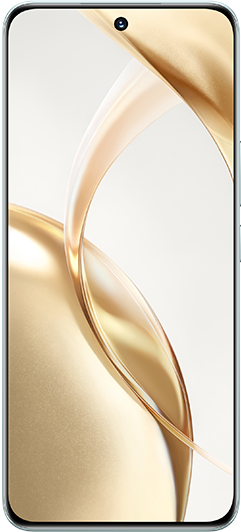





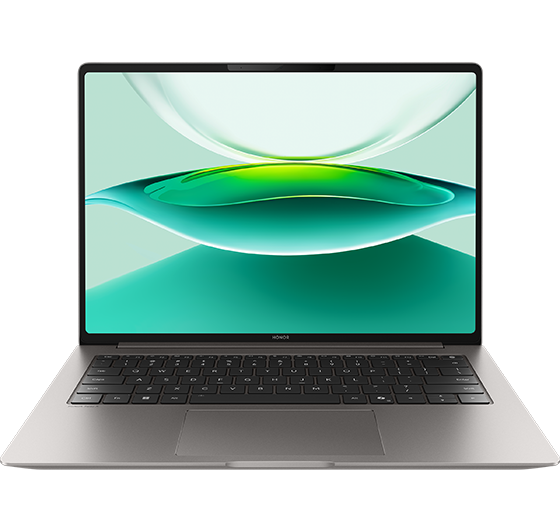







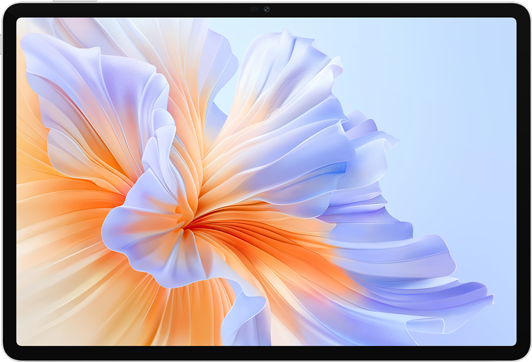




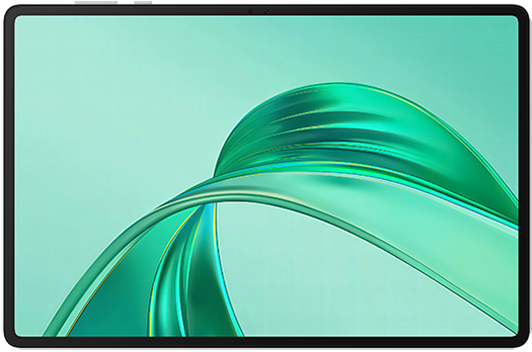

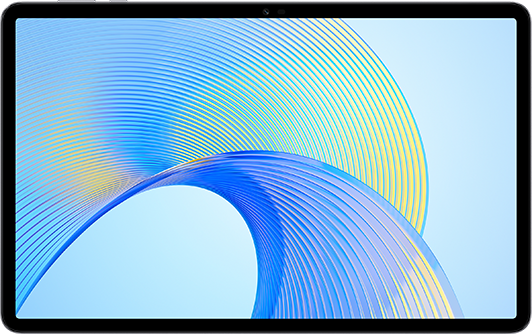







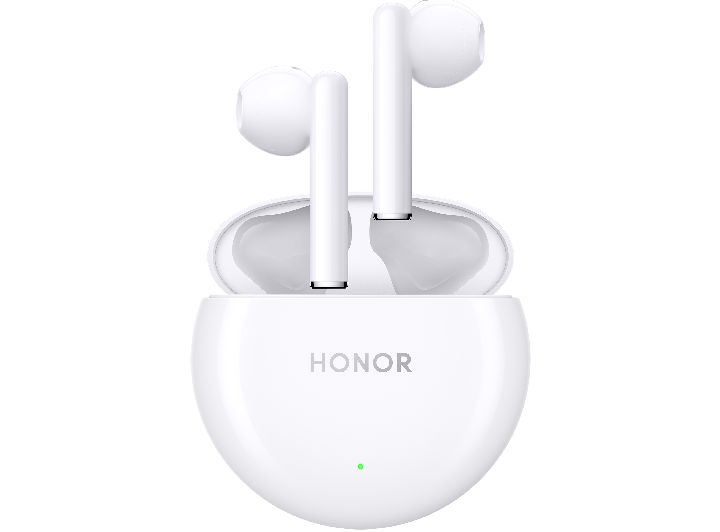

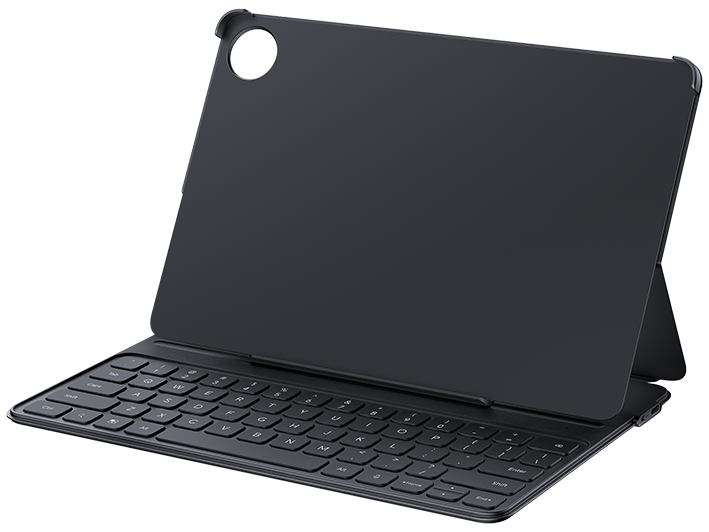
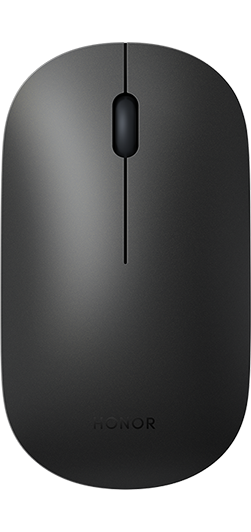




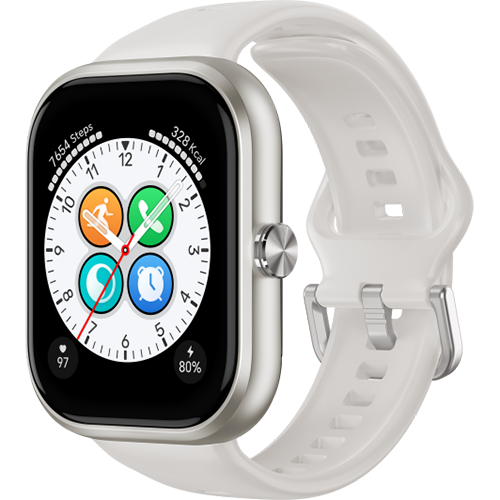
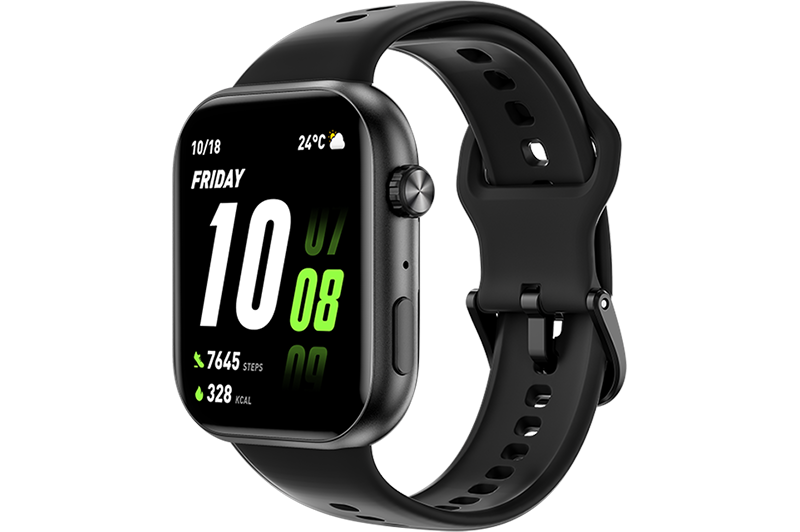










 Disagree Terms
Disagree Terms
 Log out
Log out



































Hi HONOR Community,
As you know, the Honor 9X came out at the end of 2019 as the company’s budget offering to tide us over until the Honor View 30 global launch. We weren’t expecting any more from the 9X series, but then the Honor 9X Pro was surprisingly announced at Honor’s MWC 2020 replacement event.
The Honor 9X Pro is a small spec bump up in a few ways from its non-Pro sibling, bringing in a few design aspects of the version of the 9X that was released in China (which was slightly different to the global version) as well as making some other small improvements.
But there’s something that’s really intriguing about the Honor 9X Pro – it’s the first Honor smartphone without Google apps, and it instead uses Huawei Mobile Services for the first time in an Honor phone (Huawei is Honor’s parent company). This is Honor’s first step in getting over the Huawei ban enacted almost a year ago, and it's one of our first chances to see how good Huawei’s alternative to the Google Play Store is.
Design and display
(Image credit: Future)
The Honor 9X Pro looks startlingly like the Honor 9X from 2019, which means it has an all-screen front, with the front-facing camera housed in a small square pop-up module instead. One difference between the phones though is that while the older device had a plastic back, the Honor 9X Pro is glass on the rear as well as the front.
The screen is a 6.6-inch FHD+ LCD panel, just like the Honor 9X, and while we thought that screen was good (as LCDs go, at least), even at this price tag you could probably find a good phone with an OLED screen instead.
On the back of the phone there’s a three-lens camera bump in the top left, but this bump doesn’t stick out much, so it’s not nearly as intrusive as similar features are on some other smartphones. There isn’t a nearby rear-mounted fingerprint sensor, as there was on the original Honor 9X phone; instead there’s a side-mounted scanner like on Chinese models of the original.
This scanner works similarly to on the Honor 20 phones, where a button on the side of the phone also doubles as the fingerprint scanner, and it’s in such a place that it’s easy to press when you pick up your phone normally. We found this setup perfect on the previous Honor phone, as it made accessing your phone incredibly quick and easy, and we’re glad to see it back here.
The pop-up camera is a little slow compared to similar pieces of tech on other phones, but if it’s anything like the Honor 9X version, it’s durable and can auto-recede if it senses you’ve dropped the phone.
Fans of wired headphones can rejoice here, as the Honor 9X Pro has a 3.5mm headphone jack, which is becoming less common for smartphones (although devices at this price point haven’t shown the change as much as premium handsets).
Camera and battery life
(Image credit: Future)
The base Honor 9X had a 48MP main camera joined by an 8MP ultra-wide camera and 2MP depth sensor, and it seems the 9X Pro has exactly the same hardware, even down to the front-facing 16MP selfie camera.
Just because the hardware is the same, doesn’t mean pictures taken will be identical, because there could be some software and processing tweaks. However, we’d be surprised if the resulting photos were hugely different.
We found the Honor 9X camera reasonable for the price tag, but there was quite a bit of inconsistency in colors between lenses, and we’ve yet to find a depth sensing camera that provides a significant benefit. Based on the specs and its predecessor, the 9X Pro likely has decent photography chops overall, but there might be better smartphone cameras at the price tag too.
The Honor 9X Pro’s battery is 4,000mAh, same as the non-Pro phone, and we were impressed by how reliable and long-lasting that battery life was, so it’s probably the same here. Fast charging was absent from that phone though, as it probably is here too, so don’t expect to top up that power pack quickly.
Performance and specs
(Image credit: Future)
The real intriguing aspect of the Honor 9X Pro is that it’s set to launch in most regions without Google Mobile Services (GMS), including Google Maps, Gmail and, most importantly, the Google Play Store, so you won’t be able to download some of your favorite Android apps.
Instead, this is Honor’s first attempt to utilize the fledgling Huawei Mobile Services (HMS), the company’s replacement. According to Honor there are quite a few popular apps available on HMS, but it wouldn’t say which or how many, so it remains to be seen if HMS is a worthy alternative to GMS.
Whether or not HMS can replace GMS is likely a story that will run on a long time though – there are very few HMS phones out at the moment, which will likely put off some developers from porting their apps, but when HMS is a more proven beast we could see more developers jump on the train.
The chipset in the Honor 9X Pro is the Kirin 810, a step up from the Kirin 710F that we saw in the non-Pro phone, but also a processor we haven’t really seen in Huawei and Honor phones that made their way west. We’ll need to run our tests on this chipset to see just how good it is, but we’d expect high mid-range scores.
In terms of the operating system, you’re getting Android 10 with Huawei’s EMUI 10 overlaid, which is mostly an aesthetic change but has myriad small accessibility and navigation differences from stock Android too.
Resource: https://www.techradar.com/sg/reviews/honor-9x-pro
What do you think of HONOR's first HMS smartphone?